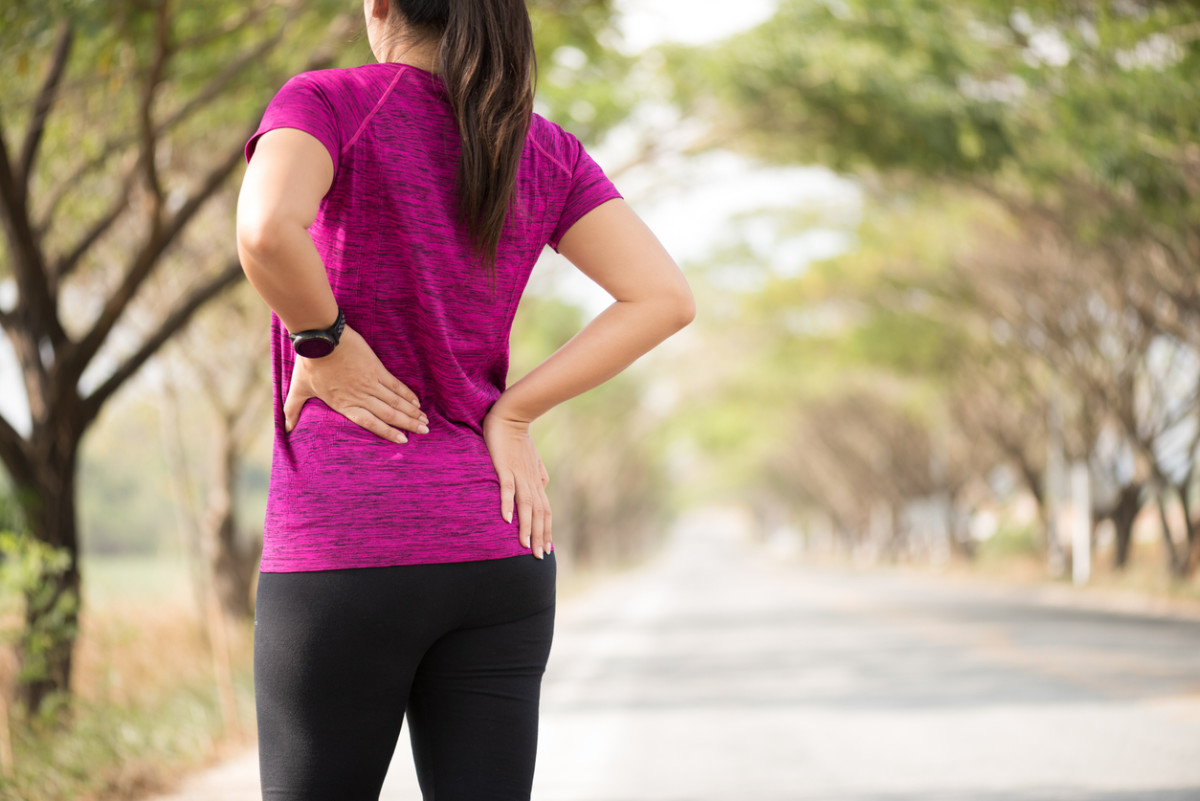In the fast-paced world we live in, maintaining a healthy lifestyle is of utmost importance. Whether you’re an athlete, a fitness enthusiast, or someone who spends most of their day sitting, you might have experienced hip flexor pain at some point. Hip flexor pain is a common issue that can hinder your daily activities and overall quality of life. In this article, we’ll delve deep into the causes, symptoms, and effective strategies for managing and preventing hip flexor pain.
Table of Contents
Demystifying Hip Flexor Pain
The hip flexors are a group of muscles located in the front of your hip and upper thigh region. These muscles play a crucial role in allowing you to lift your knees and bend at the waist. When these muscles become strained or injured, it can lead to hip flexor pain. The most common causes of hip flexor pain include:
- Overuse and High-Impact Activities: Engaging in activities that involve repetitive hip flexion, such as running, jumping, or cycling, can strain the hip flexor muscles over time.
- Sedentary Lifestyle: Prolonged periods of sitting can lead to tightness and weakening of the hip flexors, making them more susceptible to injury.
- Muscle Imbalances: Imbalances between the hip flexor and hip extensor muscles can put extra stress on the hip flexors, leading to pain.
- Improper Form: Incorrect exercise techniques, especially during activities that involve hip movement, can contribute to hip flexor injuries.
Identifying Hip Flexor Pain
Recognizing the symptoms of hip flexor pain is the first step towards effective management. Common signs of hip flexor pain include:
- Pain and Discomfort: Persistent pain in the front of the hip or groin area, especially when lifting your knee or bending at the waist.
- Tightness: A feeling of tightness or stiffness in the hip region, often accompanied by reduced flexibility.
- Weakness: Difficulty in lifting your leg, particularly when trying to raise your knee towards your chest.
- Discomfort While Sitting: Discomfort or pain when sitting for extended periods, which can exacerbate the condition.
Managing and Preventing Hip Flexor Pain
- Rest and Ice: If you experience hip flexor pain, it’s essential to give your muscles time to heal. Applying ice to the affected area for 15-20 minutes several times a day can help reduce inflammation and alleviate pain.
- Stretching Exercises: Gentle stretching can help improve flexibility and alleviate tightness in the hip flexors. Try exercises like the kneeling hip flexor stretch and butterfly stretch.
- Strengthening Exercises: Engage in exercises that target both the hip flexor and hip extensor muscles to maintain balance and stability. Leg lifts and bridges are beneficial options.
- Proper Warm-up: Always warm up before engaging in intense physical activities. A proper warm-up prepares your muscles for the stress they’re about to endure.
- Correct Technique: Whether you’re lifting weights or participating in sports, ensure you’re using the correct form to avoid unnecessary strain on the hip flexors.
- Cross-Training: Mix up your exercise routine to avoid overuse injuries. Incorporate low-impact activities like swimming or yoga.
- Posture Awareness: Maintain good posture while sitting and standing. Use ergonomic furniture and take breaks if your job involves prolonged sitting.
When to Seek Professional Help
While most cases of hip flexor pain can be managed with rest and self-care, it’s crucial to consult a healthcare professional if:
- The pain persists or worsens over time.
- You experience severe pain that affects your mobility.
- The pain is accompanied by swelling, redness, or bruising.
- You have a history of previous hip injuries.
A healthcare provider can perform a thorough assessment and recommend appropriate treatments such as physical therapy, medications, or imaging tests.
Conclusion
Hip flexor pain can be a hindrance to your daily life, but with the right knowledge and strategies, you can effectively manage and prevent it. By incorporating proper stretching, strengthening, and lifestyle adjustments, you can keep your hip flexors healthy and pain-free. Remember, your body’s well-being is a priority, so take proactive steps to ensure you’re living your life to the fullest without the discomfort of hip flexor pain.

